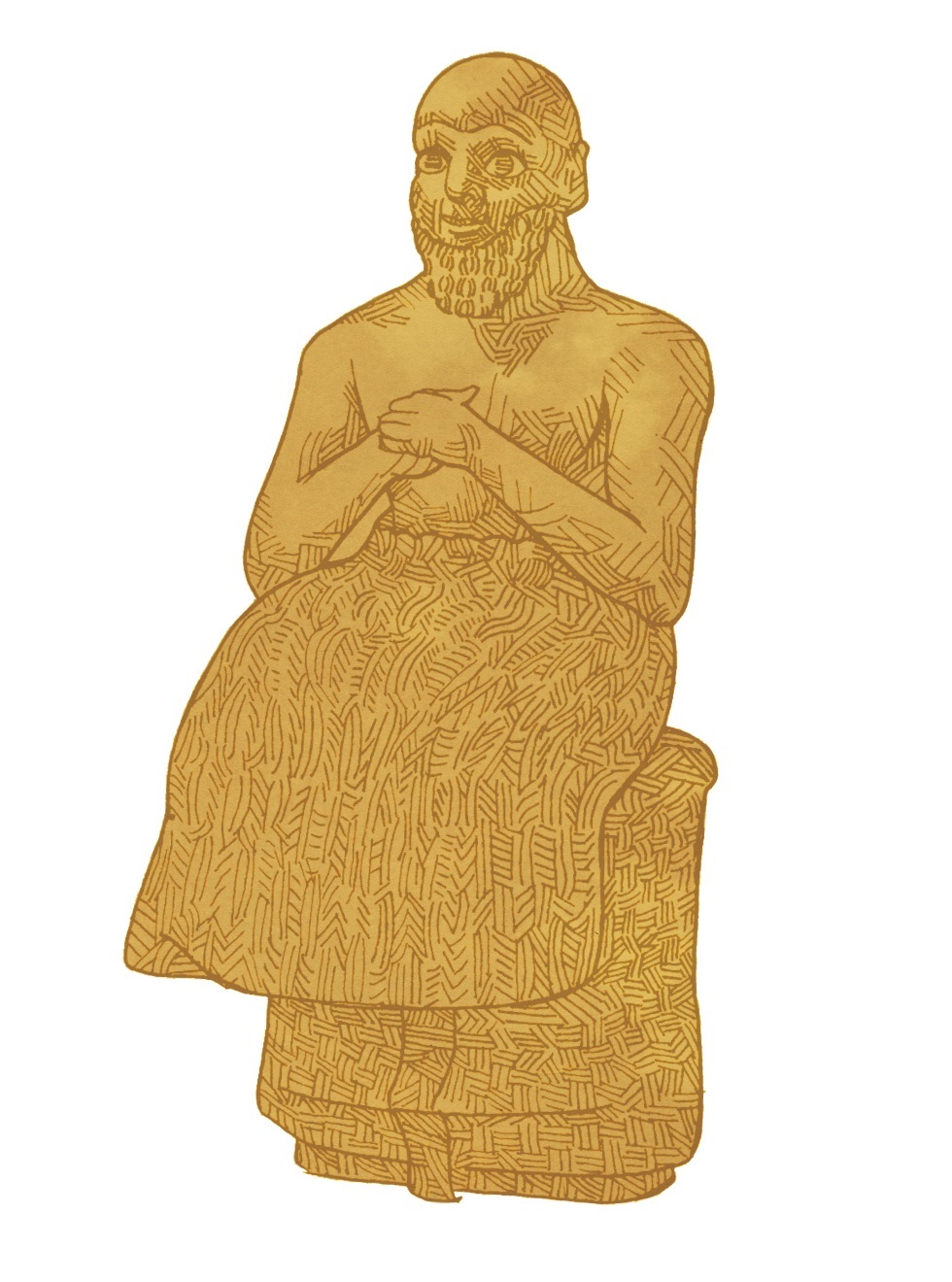COMPOSITIONAL STRATA IN THE PRIESTLY SABBATH: EXODUS 31:12–17 AND 35:1–3
DOI:
https://doi.org/10.5508/jhs.2011.v11.a15Abstract
Among scholars who study the composition of the Torah, there is greater agreement in the identification of the Priestly (P) source than of any other Torah source or set of texts. Yet amidst such consensus in its broad identification, considerable disagreements remain with regard to P. The most significant disagreements over- lap and concern the ending of P and the possibility of stratification within it. In this study, I will address especially the latter issue— compositional stratification—with specific focus on the divine revelation of the Sabbath law in Exod 31:12–17 and Moses’s sub- sequent recitation of the divine command to the Israelites in Exod 35:1–3. Many scholars view part or all of these units as secondary, and several have recently ascribed them in their entirety to the Holiness (H) stratum of the P source. Such full ascription to H, which challenges several attempts to identify strata in these units, is part of a trend in recent scholarship to assign more and more pentateuchal Priestly texts to H. Other scholars likewise identify these units as post-P compositions, even if they do not assign them to H in particular. Both of these approaches have significant impli- cations for understanding what the underlying P stratum is—in my view, a fully coherent and independent literary source. In this arti- cle, I will identify an earlier P stratum in both Exod 31:12–17 and 35:1–3 that was subsequently supplemented by H. I will also show how P’s narrative qualities provide the most reliable basis for iden- tifying strata in these texts and that such concern can be usefully combined with stylistic and theological criteria to separate two strata in Exod 31:12–17 and 35:1–3. Finally, I will offer a few comments on the H supplements that I identify.

 Statue of Ebih-Il, drawing by Simeon Goa, © Journal of Hebrew Scriptures
Statue of Ebih-Il, drawing by Simeon Goa, © Journal of Hebrew Scriptures
